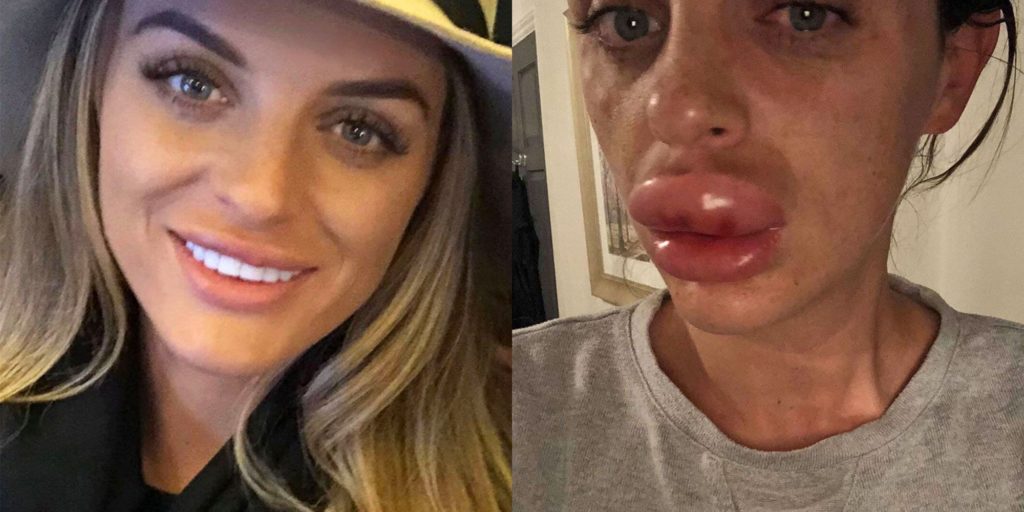Juvederm®, Restylane®, & Other Dermal Fillers
Introduction
What Is Dermal Filler Treatment?
Most of the visible signs of aging we see can be linked back to loss of volume in the face. As we age, the loss of collagen and subcutaneous fat we all experience results in thinner skin that causes that “tired” or “hollow” look we all try our hardest to avoid. At Pennsylvania Dermatology Specialists, we recommend dermal filler injections to any patient who is looking for a way to address loss of volume, excessive wrinkles, or sharpen and define their own natural features. Some of the most common areas treated with fillers are the lips, jawline, cheeks, and temples, to name a few. It can be helpful to have some prior knowledge of what to expect before going forward with your dermal filler treatment to ensure it is the right option for you.
What Is Dermal Filler Treatment Used For?
Dermal fillers come in many shapes and sizes. The most common formulation of fillers that we see are Hyaluronic Acid based. Some collections include JUVÉDERM®, Restylane®, BELOTERO BALANCE®, and Revanesse® Versa™. These products are typically injected into areas like the lips, cheeks, tear troughs, nasolabial folds, and temples to “plump” the area or fill in unwanted facial folds. RADIESSE®, a Calcium Hydroxylapatite based filler, is usually injected into the jawline and around the mouth to smooth moderate to severe facial wrinkles or folds, and in the hands to correct volume loss. Sculptra® Aesthetic, a poly-L-lactic acid product, is used to activate the skin’s natural regenerative process to help replenish lost collagen and reverse the signs of facial fat loss, also known as lipoatrophy. Sculptra® is typically injected in the temples, midface, and lower face. We are familiar and comfortable with both on and off-label indications, and perform these injections regularly. The individual product chosen will depend on the desired result and the area being treated.
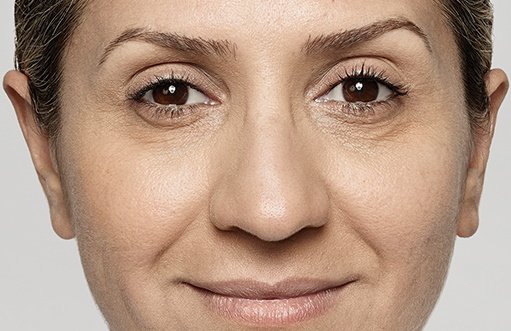
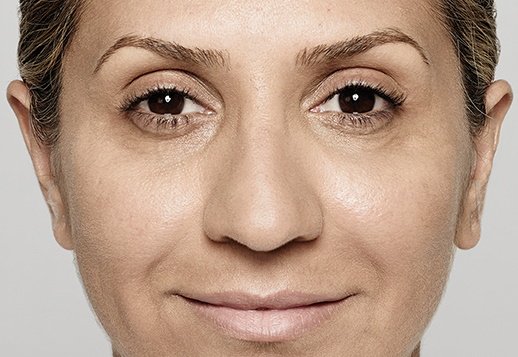
Improvement in Nasolabial folds (smile lines), tear troughs (undereye darkness), and an upturning of the corners of the mouth for a more pleasant resting expression.
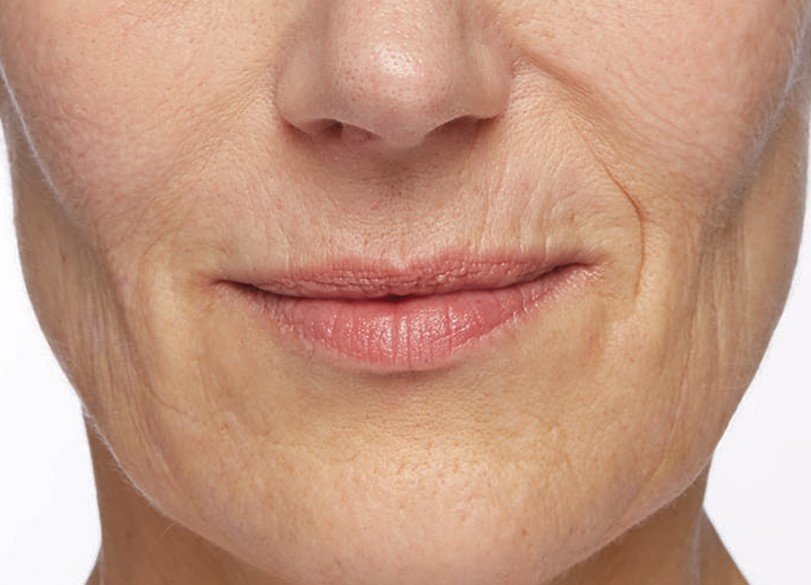
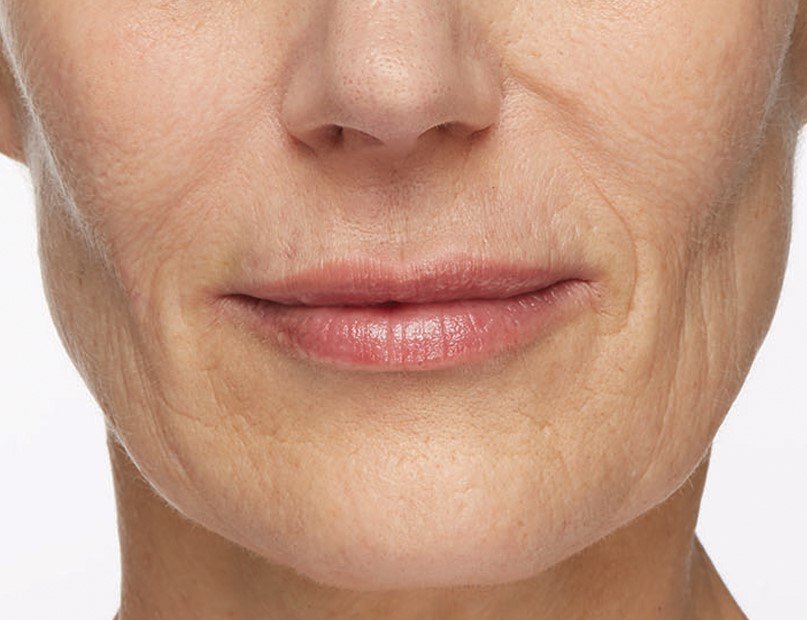
Improvement in Nasolabial folds (smile lines), perioral lines (“smokers lines”), and increase in fullness and hydration of the lips makes for a more youthful appearance of the lower face.
Cannula injections have become increasingly more popular because of their ability to significantly reduce the chance of bruising and swelling after injections. A blunt-tipped cannula reduces the likelihood of penetrating vital structures, ergo, reducing the likelihood of a nasty bruise, a damaged blood vessel, or a nerve injury.
How Is Dermal Filler Treatment Given?
There are a couple different techniques that can be used to inject dermal fillers. At Pennsylvania Dermatology Specialists, we have found that injections using a cannula yield ideal results with minimal downtime. Not familiar with cannula versus needle injections? Here is the breakdown: Cannula injections have become increasingly more popular because of their ability to significantly reduce the chance of bruising and swelling after injections. A blunt-tipped cannula reduces the likelihood of penetrating vital structures, ergo, reducing the likelihood of a nasty bruise, a damaged blood vessel, or a nerve injury. The injector is able to feel the resistance the cannula passes through allowing them to change the direction if needed. This puts the injector in complete control to avoid hitting vital structures. Most fillers can be performed on the patient’s lunch break and have them return as if they have not had anything done. Needles, on the other hand, are sharp-tipped and pass immediately through any tissue down to where the filler is to be injected. They are very precise, and are used with specific products and locations where cannulas are not practical. Overall, we feel cannula injections are the safest, most effective way to achieve the desired result with dermal fillers, keeping in mind the patient’s comfortability. The technique used will be chosen to match the patient’s needs, expectations, and area being treated.
Your Treatment
When Do I See The Results?
Results from your dermal filler injections can be seen pretty much immediately, with the exception of Sculptra® (results are seen about 2 months post-procedure). It is normal to have some redness and swelling at the injection site, which typically subsides in 24-48 hours. Applying ice to the area will relieve the discomfort post-procedure. It is important to avoid excessive alcohol consumption and blood thinning over-the-counter medications such as Aspirin, Motrin, Aleve, and fish oil supplements before your treatment as these can increase the chances of bruising.
What Do Dermal Filler Treatments Cost?
Pricing for dermal fillers completely depends on the product as well as the amount that is used. More often than not, significant results can be achieved with a conservative amount of product. During your consultation, your provider will determine what dermal filler is best for you to achieve the desired look. From there, pricing will be discussed- this is completely customized to every patient and their needs. It is important to reiterate that unusually low pricing for dermal fillers can be a red flag, as pricing is typically standard across the board at most offices. Our providers will try to incorporate the patient’s individual financial situation into the equation to come up with a fair treatment plan. We specialize in natural results that are achieved for far less cost and downtime than would be needed for a surgical based treatment.
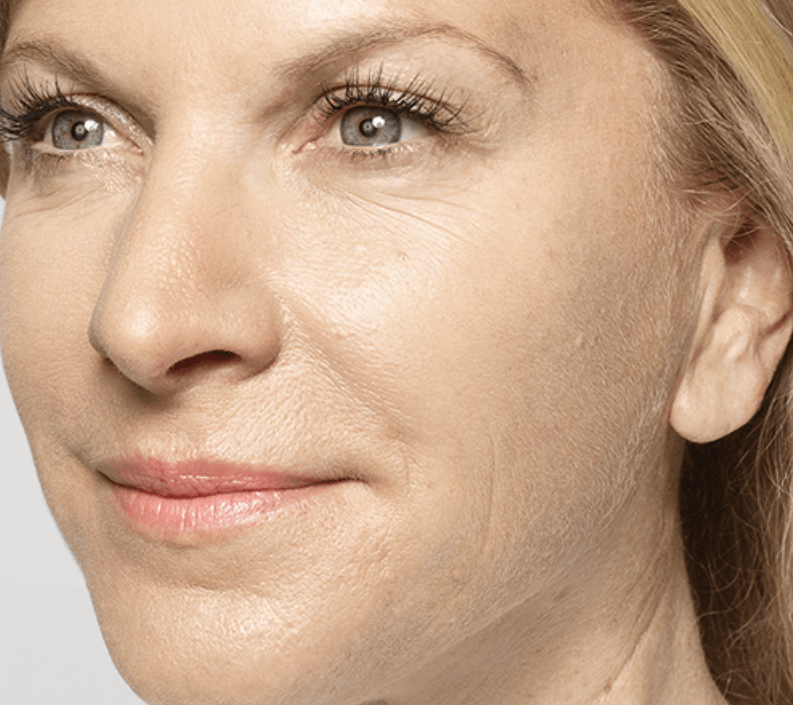
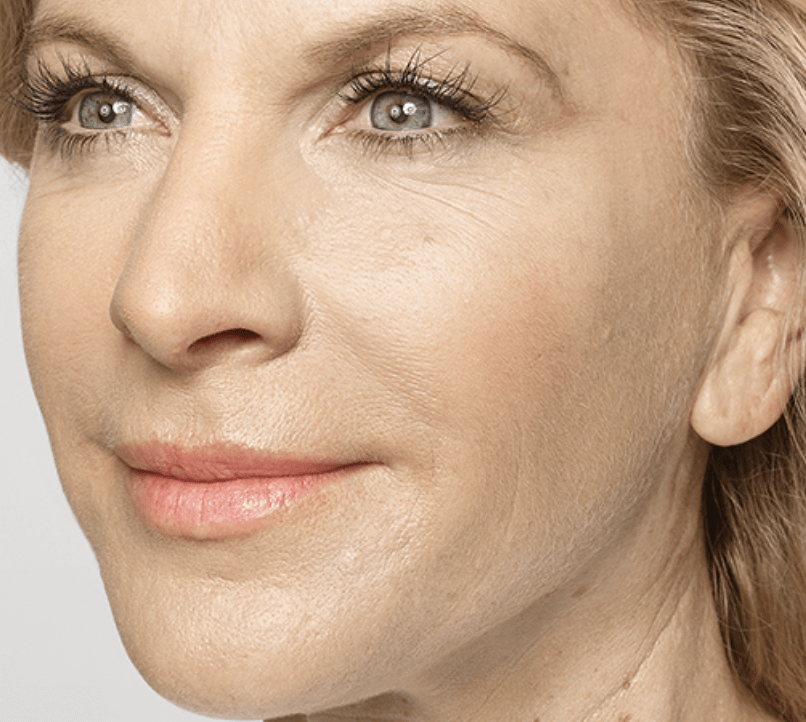
Improvement in Nasolabial folds (smile lines), tear troughs (undereye darkness and wrinkles), and an upturning of the corners of the mouth for a more pleasant resting expression. There is also improvement in the perioral lines (“smoker’s lines)
Despite the numerous products and techniques available for injection, the best outcome is dependent on the injector performing the treatment.
Is there anything else I should be aware of?
The most critical part of any dermal filler treatment is being at the hands of an experienced injector. We are proud to have ASDS Master Injectors at our practice who have extensive understanding of how to properly recommend and perform dermal filler injections. It is pivotal that when you decide to be treated with dermal fillers, you go to an experienced injector. If you see dermal fillers advertised for a “too good to be true” price, more often than not it is. There are so many things that can go wrong after being injected by someone who is not certified, such as infection, an allergic reaction, or even death of skin cells. Hyaluronic Acid fillers are reversible by use of hyaluronidase (a substance injected in the same spot as the filler to dissolve the product), however, to completely avoid this situation it is important to have dermal fillers injected by a reputable provider. We are experts in correcting “botched” fillers; patients should not be discouraged after one bad experience. Despite the numerous products and techniques available for injection, the best outcome is dependent on the injector performing the treatment.
Frequently Asked Questions About Dermal Fillers
It’s easy! Give us a call and get scheduled today. We can provide the ideal experience for you whether this is your first treatment or you are a seasoned pro.




